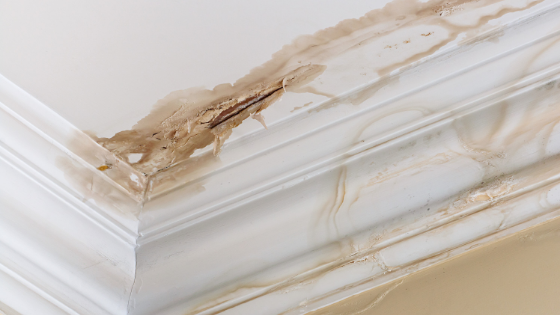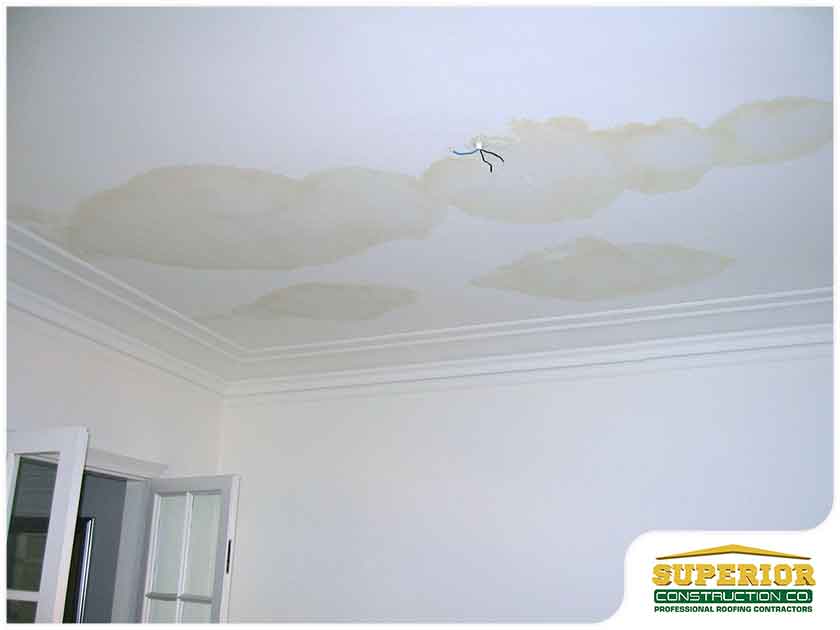Instructions to Detect and Repair Water Stains on Wall Surfaces
Instructions to Detect and Repair Water Stains on Wall Surfaces
Blog Article
What're your opinions concerning Water Stains on Walls?

Water stains on walls are not pleasurable to the eyes. Your house needs to lack stains on the walls, roofing system, or floorings. That is the suitable state of a house as well as its frameworks. Yet, in some cases it seems virtually unavoidable to experience water stains on walls in homes.
Home owners living in damp regions continuously deal with the anxiety of water stains on wall surfaces. With exact and also all-around details on the reasons of water discolorations and timely repair processes, you will always be an action ahead of such incidents.
3 Usual Causes of Water Discolorations on Wall Surfaces
Contrary to popular belief, water discolorations on wall surfaces do not constantly come from poor building products. There are a number of root causes of water stains on wall surfaces. These include:
Poor Drainage
When making a structure plan, it is critical to ensure appropriate water drainage. This will protect against water from seeping right into the walls. Where the water drainage system is blocked or nonexistent, underground dampness develops. This links to too much wetness that you see on the wall surfaces of your structure.
So, the leading cause of wet walls, in this case, can be a poor drainage system. It can likewise be because of bad management of sewer pipelines that run through the building.
Wet
When warm damp air meets with completely dry chilly air, it causes water beads to base on the walls of structures. This happens in kitchens and bathrooms when there is heavy steam from cooking or showers. The water beads can discolor the bordering walls in these parts of your residence and also infect various other locations.
Wet or condensation impacts the roofing system and also walls of structures. When the wall is damp, it develops an appropriate environment for the growth of fungis and also microorganisms.
Pipe Leaks
A lot of homes have a network of water pipes within the walls. It constantly boosts the stability of such pipes, as there is little oxygen within the walls.
A drawback to this is that water leakage influences the wall surfaces of the building as well as triggers prevalent damages. A dead giveaway of damaged pipes is the look of a water tarnish on the wall surface.
Water Stains on Wall Surface: Repair Work Tips
Homeowners would usually want a quick fix when handling water stains. Yet, they would certainly quickly realize this is disadvantageous as the water stains reoccur. Below are a few useful ideas that will lead you in the repair work of water discolorations on wall surfaces:
Pro Suggestion
A houseplant in your home also enhances its humidity. So, if the house is currently moist, you may intend to present houseplants with very little transpiration. An instance of suitable houseplants is succulents.
Final thought
Although no one intends to have water stains on walls in their house, it can take place to the best people. This post gives you leverage, as you now know exactly how to handle this incident if it does take place.
It is constantly best to recruit expert solutions to assist fix the damages in your house.
In some cases it appears almost inescapable to experience water stains on wall surfaces in houses.
In contrast to preferred idea, water discolorations on wall surfaces do not always stem from inadequate building products. There are several causes of water discolorations on walls. The water beads can discolor the surrounding walls in these components of your home as well as spread to various other areas.
Right here are a few helpful suggestions that will certainly lead you in the fixing of water discolorations on wall surfaces:
CHECKING FOR WATER DAMAGE
Water damage can be costly, and it may begin before you even notice the first signs of trouble. Water damage can cause mold and mildew in your walls and floors, which can create an abundance of health concerns for your family. It can also lead to costly repairs of various appliances and general home fixtures. To avoid the pricey consequences of water damage, here are Warner Service’s top 5 places you should check:
The walls – The easiest place to spot the beginnings of water damage is on the walls and ceilings of your home. If water damage is present, there will most likely be water stains, especially around the windows and doorframes, and/or cracks in the drywall. If a stain looks unusual (discolored to brown, black or gray, raised texture), has a swollen appearance or is soft to the touch, contact a professional immediately. The pipes – To avoid water damage, consistently check the pipes in your kitchen (especially the dishwasher and ice maker), bathrooms, laundry room (specifically washing machines) and basement for corrosion, leaks and water stains. Pay special attention to where the pipes connect in your home and the location of caulking around the bathroom fixtures, including toilets, sinks, showers and tubs. Missing or loose caulking and grout could be signs of leaking water. This seepage can also quickly cause mold and rust, so double check your water heater and tank for wet spots on the floor. The floor – Water damage is very easy to spot on the floor. Look for any warping or buckling of the material, especially in the basement. If your home has wood flooring, look for bright white or dark stains. If your home has carpeting, keep it dry and clean. A damp carpet that smells of mold could cause water damage and health problems. To avoid this, consider installing floor pans under your appliances to help prevent damages from small, slow and undetected leaks. The basement and attic – If your basement or attic smells odd check for mold and mildew around the area, especially the valley where the roof meets. While you are inspecting those areas, check for wall cracks, floor stains, rust and dampness in the insulation. If you live in a colder and/or rainier climate, perform routine checks for water damage from melting snow or ice and rain. The exterior – Check the roof for damaged flashing and missing, cracked or curled shingles. There should also be no standing water anywhere outside your home. This could be caused by puddles, leaky rain gutters or hoses, poor drainage, or short gutter spouts. Invest in a sump pump system or water flow monitoring system, and perform routine maintenance on these outdoor appliances to avoid indoor water damage.

As a devoted person who reads on Water Stains on Walls, I was thinking sharing that editorial was really useful. Sharing is good. Helping people is fun. Thanks so much for going through it.
Plumbing integrity assured. Report this page